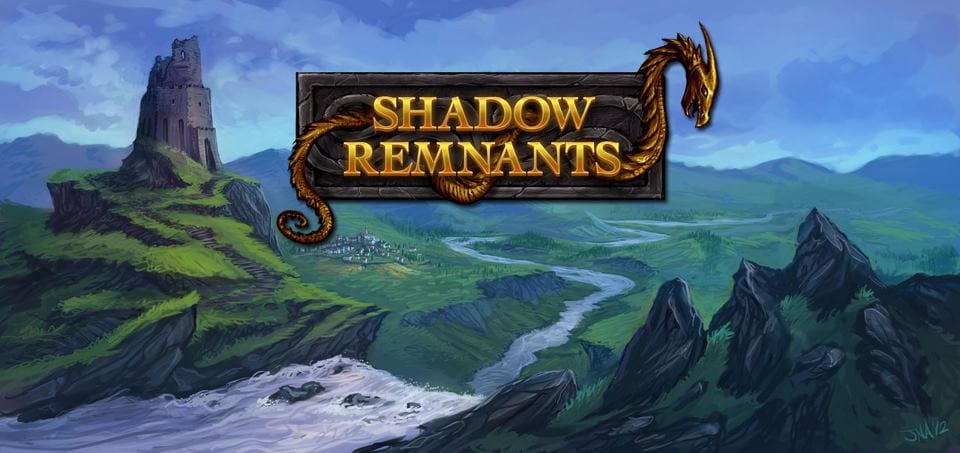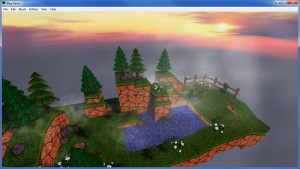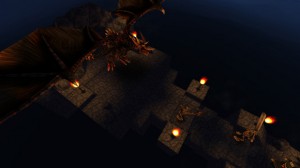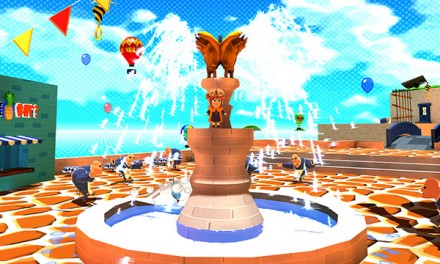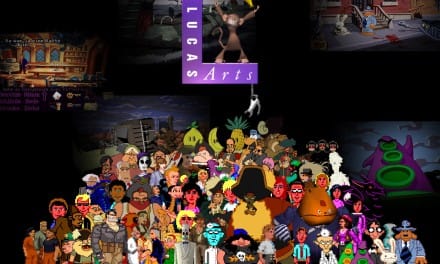Tell us a little about your game development experience, and what led you to form Shorebound Studios?
I have been in the gaming industry for around eight years and have been involved in various projects ranging from video games to training simulation software for the government. I worked on Global Agenda at Hi-Rez Studios who later developed Tribes: Ascend. My partner Ryan is a very skilled environment artist who also knows a good bit of programming. We have worked on many projects in the past together and we felt we made a good team. We later formed Shorebound Studios.
As a newly formed independent company developing its first title, what is the biggest challenge you have faced so far?
The biggest challenge for us so far is gaining exposure. We didn’t reach out to people from the beginning and should have before we started our Kickstarter. People just dont know much about us or that we even exist.
There’s a distinct lack of strategy RPGs these days, would you agree the hardest part is getting people interested in turn-based gameplay again?
There has definitely been a lack of memorable ones for sure. We’ve had a ton of positive feedback about turn-based games recently. We just hoped there were people out there that felt the same way we do. There is a certain charm that goes along with turn-based tactical games and we feel it’s important to retain that charm. Our problem is reaching those people.
To what extent is Shadow Remnants a strategy game and to what extent is it a role-playing game? Where do you see the line between the two genres?
Shadow Remnants is a strategy game because positioning is everything. If you think about it, it’s similar to chess with a lot more factors involved. The role-playing aspect comes from being able to customize your party down to every detail. Example, if you had a Necromancer in your party. You may want to spec him in curses to increase their miss chance, lower their damage or even cast bone prison to encase to make them unable to move or attack for a couple turns. You may want to spec him as a full summoner so his pets last longer and deal more damage. If you see their ranger go up to elevated ground. You’d have to plan a way to take him out or your party could be in trouble. If you took away the positioning aspect then it would just be a RPG.
In general, what makes a strategy game “deep” in your view, and where should RPG elements come into play?
We feel that the story and the player’s involvement in it is what makes any game deep.
You cited, Final Fantasy Tactics and Disgaea as influences. In what ways would you want Shadow Remnants to be similar to each of those games? Do you have some specific points of similarity in mind?
We really liked the job system from FFT which was the inspiration behind our class tree system. I enjoyed Disgaea’s class evolution system which allowed a fighter to evolve into a warrior. The main issue I had with Disgaea was the amount of grinding that it required.
What are the inspirations behind Shadow Remnant’s art style and story?
We wanted people that saw Shadow Remnants to immediately identify with it. We wanted our art style to have nostalgia. Our environments are made up of blocks, similar to Minecraft and our models will have blocky features to keep it consistent. We have high qualty textures and low poly models so it will run well on a wide range of devices and computers.
We wanted to come up with a character that people could understand his frustration and hatred. Giving players the ability to make decisions that can alter the story will really give a sense of depth. Our story is basically Drake rising up to fight for what is right and the people you meet along the way. We have a few plot twists and a lot of places to explore. It’s going to be fun!
The game’s description says the player will be able to experience a new and challenging gameplay mechanic that allows to directly influence the effectiveness of his abilities and spells by timing a charge meter. Could you share some examples with us?
Each spell in the game will do an amount of damage that falls within a certain range. Our charge meter mechanic will basically give you some level of control, through timing, as to how much damage any given spell will do within that range. As an example, if you perform a basic attack a charge meter will pop up. When this happens, an indicator will quickly move towards a critical point and then back to a neutral zone. The closer you are to the critical point when you execute the move, the higher your damage output will be.
What have you been playing lately (indie or otherwise) that you’ve found to be particularly great or inspiring?
I actually haven’t had much time to play games lately but I did get to play a bit of Tribes: Ascend. I used to work for Hi-Rez Studios on their first game Global Agenda. I think they did a really good job with Tribes as it feels much like the original that I lost so many hours of my life playing in high school.
Any idea when folks will be able to get their hands on Shadow Remnants?
We are planning on launching third quarter of 2013 if our Kickstarter is funded. Otherwise we will continue to work on it on our spare time, however, our jobs will take priority. We may try Kickstarter again later down the road when we have even more content to show and hopefully a fanbase. We’ve been developing this game behind the scenes so nobody really knew about this project or the studio.
For more info on Shadow Remnants you can visit the game’s official site and it’s Kickstarter page.
